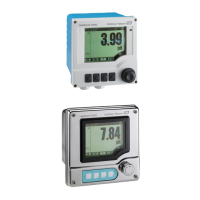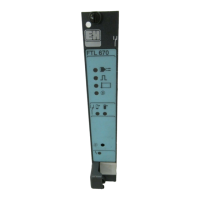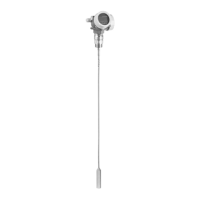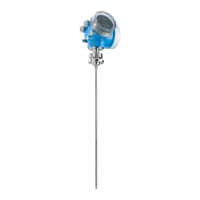Commissioning Liquiline System CA80SI
50 Endress+Hauser
3. Connect sample inlet hose SPx of the sample channel switching to the push-in
connector upstream from the flowmeter. In the process, guide the sample inlet hose
into the housing via a hose gland.
4. Plug in the connector of the panel with the sample channel switching.
10.1.4 Connecting outlet hose "W"
1-channel, 2-channel and 4-/6-channel version
The liquid from outlet hose "W" of the cuvette contains reaction mixture. Observe the
local regulations regarding waste disposal.
‣
Secure outlet hose "W" to the appropriate connector nozzle in a PG gland. Avoid
counterpressure.
10.1.5 Place the magnetic stir bar in the measuring chamber of the
cuvette.
Before operating the analyzer, place the magnetic stir bar in the cuvette.
1. Remove the cover in front of the cuvette assembly.
2. Lift the rubber cover off the cuvette. There must be no kinks in the capillaries at the
capillary holder or at the valves, and the capillaries must not be removed.
3. Place the magnetic stir bar in the measuring chamber, making sure that it is flat.
4. Place the rubber cover back on the cuvette, and ensure that all capillaries are in the
measuring chamber.
10.2 Switching on the measuring device
‣
Switch on the supply voltage. Wait for the initialization to finish.
10.3 Setting the operating language
Configuring the language
‣
Press the soft key MENU . Set your language in the top menu item.
The device can now be operated in your chosen language.
10.4 Configuring the measuring device
10.4.1 Basic setup analyzer
Making basic settings
1. Switch to the Setup/Basic setup analyzer menu.
Make the following settings.
2. Device tag: Give your device any name of your choice (max. 32 characters).
3. Set date: Correct the set date if necessary.
4. Set time: Correct the set time if necessary.
5. To return to the measuring mode: press the soft key for ESC for at least one second.
Your analyzer now works with your basic settings. The sensors connected use the
factory settings of the sensor type in question and the individual calibration
settings that were last saved.
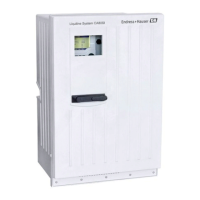
